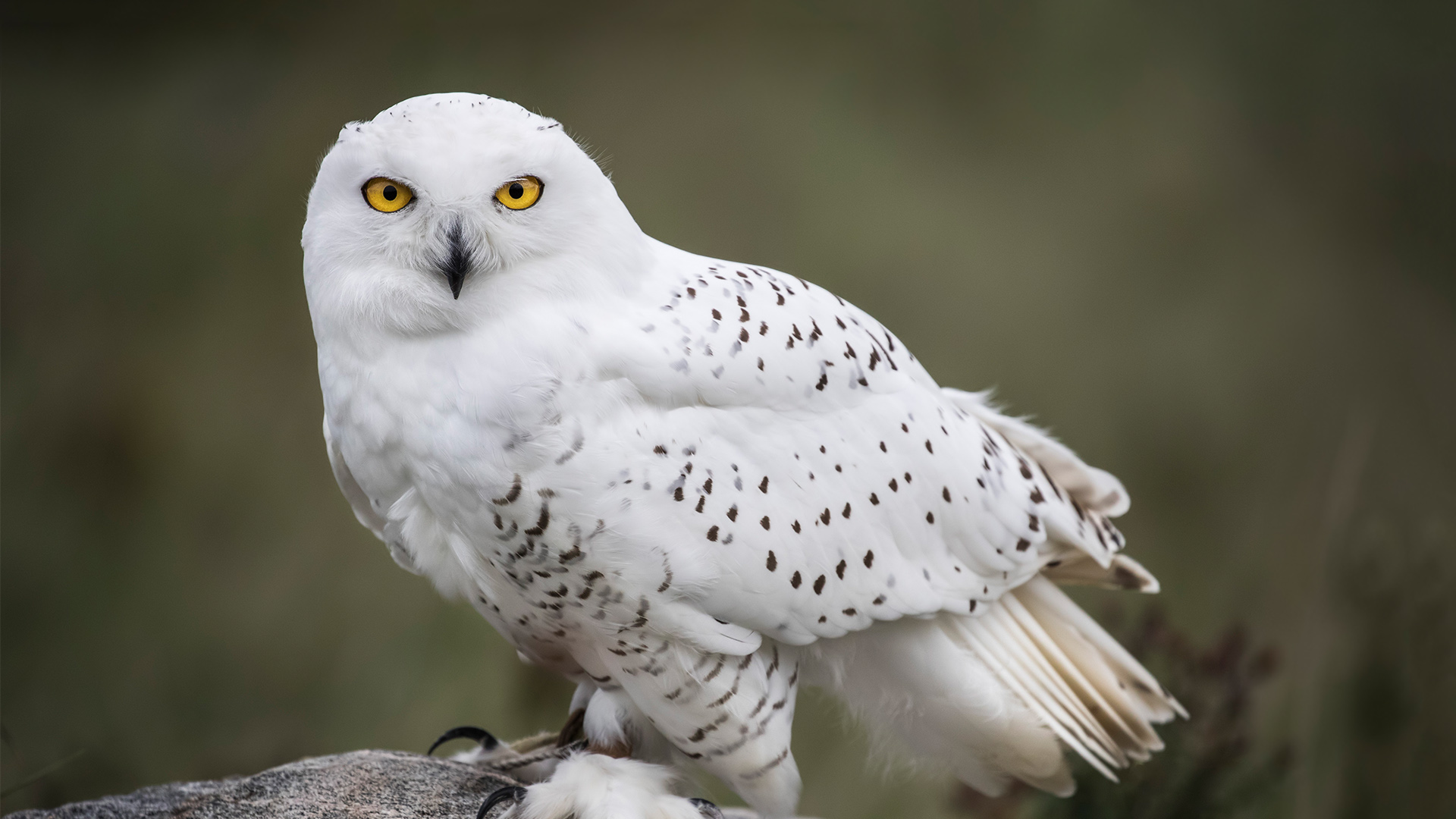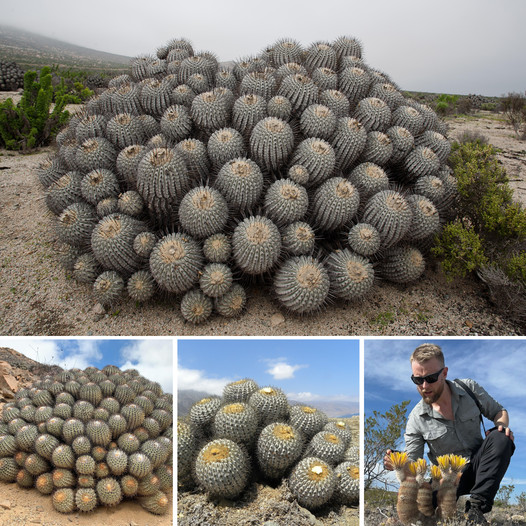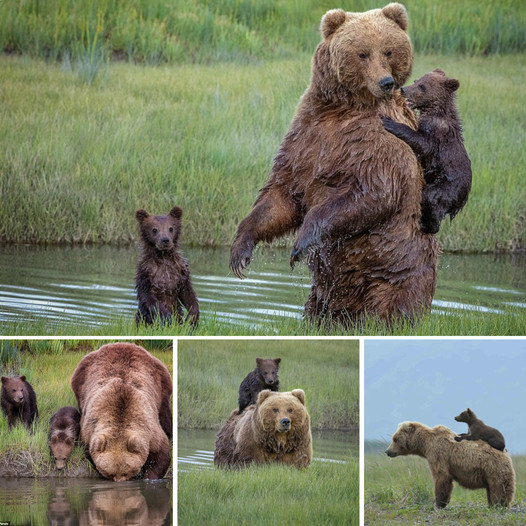The Bubo scandiacus, commonly referred to as the snowy owl, is a magnificent bird belonging to the true owl family. This owl is also known as the polar owl, white owl, and Arctic owl due to its white feathers and preferred habitat. The snowy owl is mostly found on the tundra in both North America and the Palearctic and has evolved unique adaptations to suit its environment. These adaptations set it apart from other species of owls. As one of the largest owls, it stands out with its mainly white plumage.

The snowy owl is known for its striking white appearance, which is even purer than that of other Arctic predators like polar bears and Arctic foxes. These owls can often blend in with the snow or rocks in their environment, and although they appear to lack ear tufts, they actually have very short ones that can be raised in certain situations. These tufts consist of about 10 small feathers and measure approximately 20-25mm. The snowy owl also has bright yellow eyes and a relatively small head with a shallow facial disc. Females are typically more patterned than males of the same age.

The snowy owl can usually be found in the northern circumpolar region during the summer months, specifically north of latitude 60° north but sometimes as far south as 55 degrees north. However, due to population changes in its prey, this bird is known to move around frequently and may even breed in more southern latitudes. While it has a breeding range of over 12,000,000 km2, only about 1,300,000 km2 have a high probability of breeding every 3-9 years. Snowy owls make their nests in the Arctic tundra of Northern Alaska, Canada, and the Euro-Siberian region.

The Arctic tundra is home to the popular snowy owl. This region is characterized by barren land, covered with mosses, lichens, and rocks. Snowy owls typically inhabit areas with some elevation, such as hummocks, knolls, ridges, bluffs, and rocky outcrops. These elevated terrains are sometimes formed from glacial deposits. The ground in the tundra is generally dry, but some southern tundra areas can be marshy.

During breeding season, snowy owls prefer to use areas with different coastal habitats such as tidal flats as their nesting site. These sites are usually at low elevations not exceeding 300 meters above sea level. However, in some cases like Norway, they may nest at high altitudes of up to 1,000 meters when breeding in inland mountains. Conversely, during the non-breeding season, snowy owls can occupy any open landscape, particularly wintering sites that are exposed to winds and have limited cover. These open areas may include coastal dunes, lakeshores, islands, moorlands, steppes, meadows, prairies, extensive grasslands, and shrubby areas with a vague resemblance to the flat openness of the tundra.

Snowy owls are known for their activity during both day and night. Even in the brief winter daytime of the north, these owls have been seen to be active. During the Arctic summer, they tend to be most active during the darkest time of twilight. In Norway, their peak activity time is between 9:00 pm and 3:00 am, while in Fetlar it was reported to be between 10:00 and 11:00 pm. According to experts, the least active times are at noon and midnight. As autumn approaches in Utqiaġvik, snowy owls become more active around nightfall and rest during the day, especially during rainy weather.

The abundance and population of snowy owls depend on the availability of food, with their numbers often appearing to increase during “lemming years”. Due to their nomadic nature, it is difficult to estimate the exact number of these beautiful birds, even across decades-long studies. In Scandinavia, their breeding population has been perceived as small and fleeting, with only Finland, Norway, and Sweden having a few dozen pairs each. However, estimates for the breeding population in European Russia range from 1,300 to 4,500 pairs, with Greenland hosting 500 to 1,000 pairs. Other than the northern parts of the Americas, most of the breeding range for snowy owls is in northern Russia.




